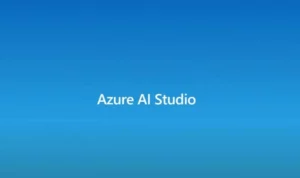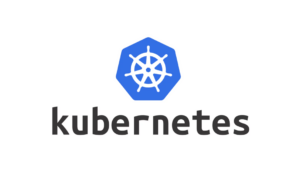In a bid to fortify its commitment to sustainability, Microsoft introduces notable updates to the Microsoft Cloud for Sustainability. This cloud service is tailored to assist organizations in consolidating, aligning, and reporting on their sustainability data, goals, and status. The platform not only aids in meeting regulatory reporting requirements but also introduces new capabilities to enhance the overall sustainability reporting process.
Here’s what’s new:
- Carbon fee management: Now, businesses can apply carbon fees to business units for scopes 1, 2, and 3 emissions, along with assessing the associated business impacts.
- EXIOBASE factors: This update establishes connections between economic activities, specific countries, and industries, providing a more comprehensive view of sustainability impacts.
- Waste data models: Introducing standardized reports and visualizations for waste quantities and quality, offering organizations enhanced insights into their environmental footprint.
So, why should this matter to you?
- Growing global laws necessitate organizations to transparently report on their sustainability and carbon impacts. Microsoft’s Cloud for Sustainability streamlines this reporting process.
- The platform builds on common data models in Microsoft’s data platform, incorporating industry-standard sustainability data models. This facilitates the connection of existing and future data, aligning it with industry standards.
- The latest updates not only enhance reporting but also introduce a “chargeback” model to business units, encouraging improvements and pinpointing areas for enhancement.
For more details on these updates and how they elevate the Microsoft Cloud for Sustainability, check out the comprehensive overview here.





